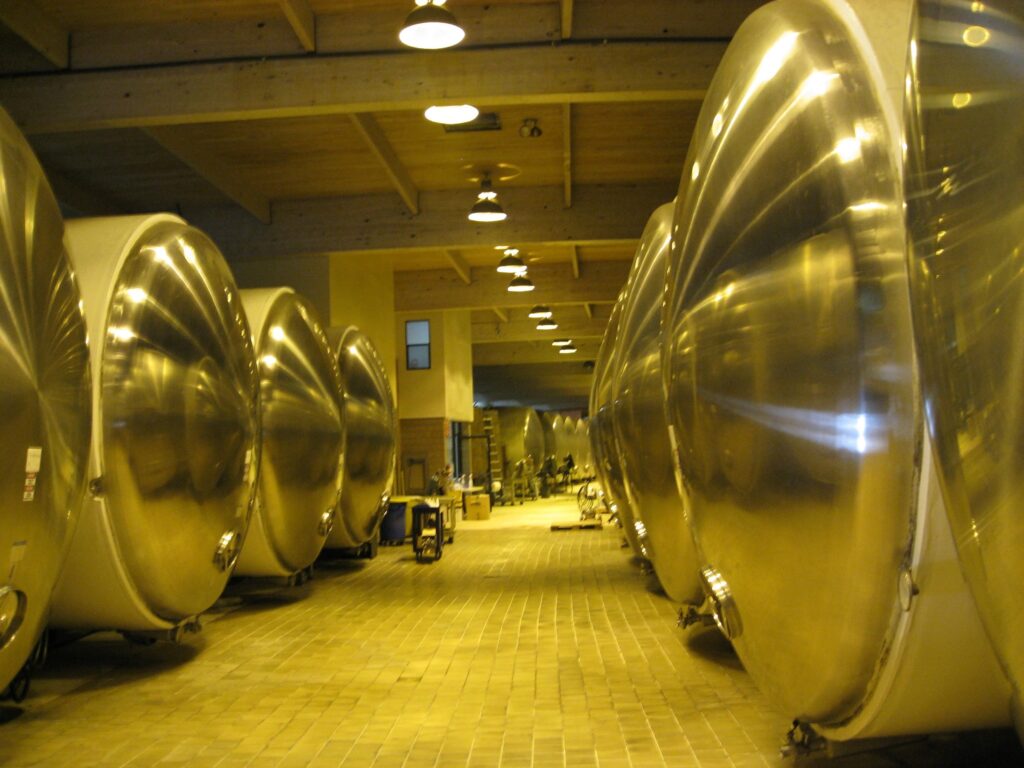
Introduction
Stainless steel tanks have become a popular choice for various industries due to their durability, corrosion resistance, and hygienic properties. While standard stainless steel tanks serve a wide range of applications, customizing these tanks to meet specific storage needs can offer even greater efficiency and functionality. In this article, we will explore the process of customizing stainless steel tanks, highlighting the key considerations and benefits of tailoring these tanks to suit unique storage requirements.
1.Assessing Storage Requirements
Before diving into the customization process, it is crucial to assess the specific storage needs. This involves evaluating factors such as the type of material to be stored, the required storage capacity, the environmental conditions, and any specific regulations or safety standards that need to be met. By understanding these requirements, the customization process can be focused on addressing the precise needs of the application.
2.Design and Configuration
The first step in customizing a stainless steel tank is designing and configuring its structure. This includes determining the tank’s shape, size, and orientation to optimize its storage capacity and compatibility with the available space. Advanced computer-aided design (CAD) software is often employed to create accurate 3D models, enabling engineers to visualize the final product and make necessary adjustments before fabrication begins. Design considerations also involve selecting the appropriate fittings, valves, and access points for easy maintenance and material handling.
3.Material Selection
While stainless steel is the primary material for tank fabrication, there are various grades and alloys available. Each grade offers specific properties that make it suitable for different storage applications. For example, the austenitic stainless steel grade 304 is commonly used for general-purpose storage, while the duplex stainless steel grade 2205 is preferred for corrosive environments. By carefully selecting the right material, the tank can be tailored to withstand the specific chemicals, temperatures, and pressures associated with the stored material.
4.Specialized Coatings and Linings
In certain storage applications, the customization process may involve the application of specialized coatings or linings to the interior or exterior of the stainless steel tank. These coatings provide additional protection against corrosion,chemical reactions, or contamination. For instance, epoxy coatings can be applied to the interior surface of tanks used for storing acidic substances, ensuring optimal resistance to corrosion. Similarly, external coatings can be applied to protect the tank from environmental factors such as UV radiation or extreme weather conditions. The selection of coatings and linings is crucial to enhancing the longevity and performance of the customized stainless steel tank.
5.Additional Features and Accessories
Customization goes beyond the tank’s basic structure and material. Additional features and accessories can be incorporated to enhance functionality and safety. For example, level indicators, temperature sensors, or pressure relief valves can be installed to monitor and regulate the stored material. Insulation materials, such as foam or jacketing, can be added to control temperature variations. Moreover, customized stainless steel tanks can be equipped with agitators or mixing systems for applications that require blending or homogenization. By integrating these additional features, the tank becomes a highly tailored solution for specific storage needs.
Conclusion
Customizing stainless steel tanks for specific storage needs offers numerous advantages in terms of efficiency, functionality, and longevity. By assessing storage requirements, carefully designing the tank’s structure, selecting the appropriate materials, applying specialized coatings, and incorporating additional features, these tanks can be optimized to withstand unique storage conditions. Whether it’s storing corrosive chemicals, food-grade materials, or hazardous substances, customizing stainless steel tanks ensures that industries can meet their specific storage needs effectively and safely. With the flexibility and versatility of customization, stainless steel tanks continue to be the go-to solution for a wide range of applications across industries
Also Read: International Shipping: How to Choose the Best Courier for Your Needs